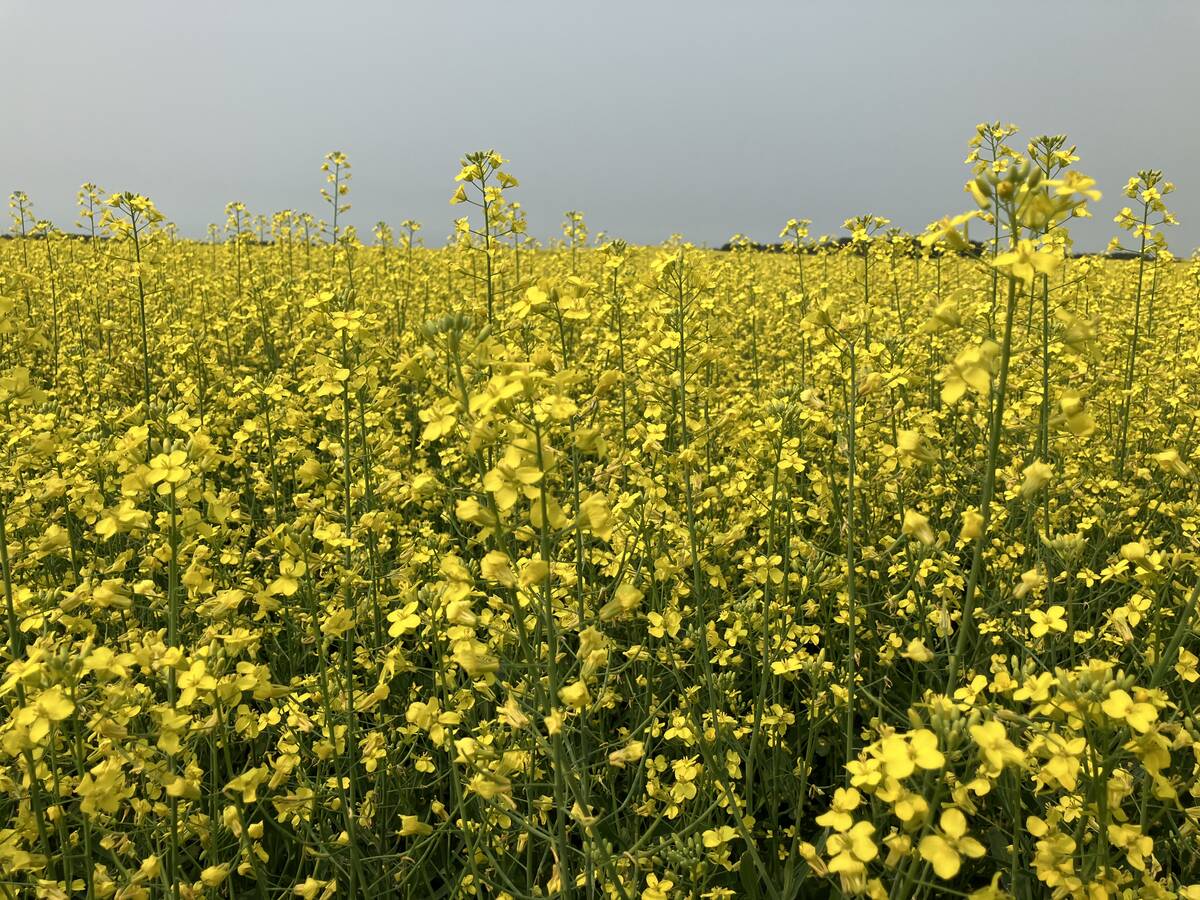BARRHEAD, Alta. – There may be a theoretical market for lupins, but farmers need to see some solid contracts before the pulse crop will be an option on many prairie farms.
Alberta Agriculture researchers hope the yield from a 46 acre field of low-alkaloid blue lupins will produce enough volume for the seed to be test marketed by a variety of companies. A market could follow.
Mark Olson, pulse industry development specialist with Alberta Agriculture, said until this year’s large field- scale trial, there hadn’t been enough lupin seed produced from the small scientific test plots to offer it to companies that believe there is a future for lupins.
Read Also

Canola used in only quarter of Canadian biofuel
Less than one-quarter of the biodiesel and renewable diesel used in Canada in 2024 was made from canola oil feedstock
“With some acreage we should be able to do some proper test marketing,” said Olson. “Whether the lupin will take off, time will tell.”
Once the seed is harvested it will be cleaned, dehulled and distributed. Lupins are high in protein, with levels from 34 to 44 percent, but the seed must be dehulled to be of value.
About 90 percent of the world’s lupins are grown in Australia.
One of the likeliest markets is in British Columbia’s fish farming sector. Farmed fish now supply 30 to 40 percent of the fish in grocery stories.
The fish industry is replacing some of the fishmeal in fish diets with plant-based protein.
Soybean and canola meal are the current options, but lupin may be a possibility if supplies increase.
“If we can replace fish protein with vegetable protein, we can help reduce PCBs in farmed salmon,” said Olson.
The lupins are being grown on land owned by Richard Mueller of Barrhead. He is willing to take a risk on what may be the new Cinderella crop for the Prairies.
“We’re looking for something that’s going to pay the bills,” said Mueller.
Farmers would use lupins in their crop rotation if the financial incentive were there, he said.
“The potential is there if there is money in it for the farmers at the end of the day,” said Mueller, who estimates about $6 per bushel is needed to entice farmers to grow lupins.
Unlike other legume crops, lupin is not a good competitor against weeds.
Dan Cole of Alberta Agriculture who is working to develop minor use registration for herbicides to use on the crop, said land selection and weeds must be taken into consideration.
Ken Lopetinsky, a pulse research agronomist, said herbicide registration is key for lupins especially to control stork’s bill and cleavers, which have gotten a foothold in Alberta’s parkland region.
“If we can’t have a weed control for these two weeds in the Parkland region, we won’t have lupins in the region,” said Lopetinsky.
















